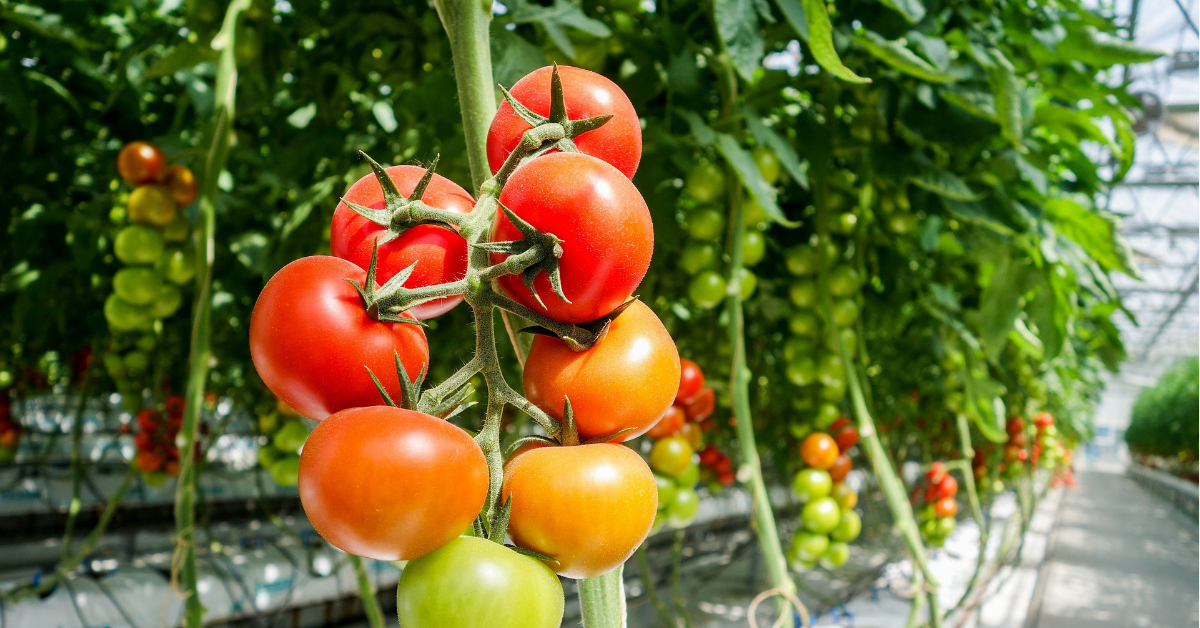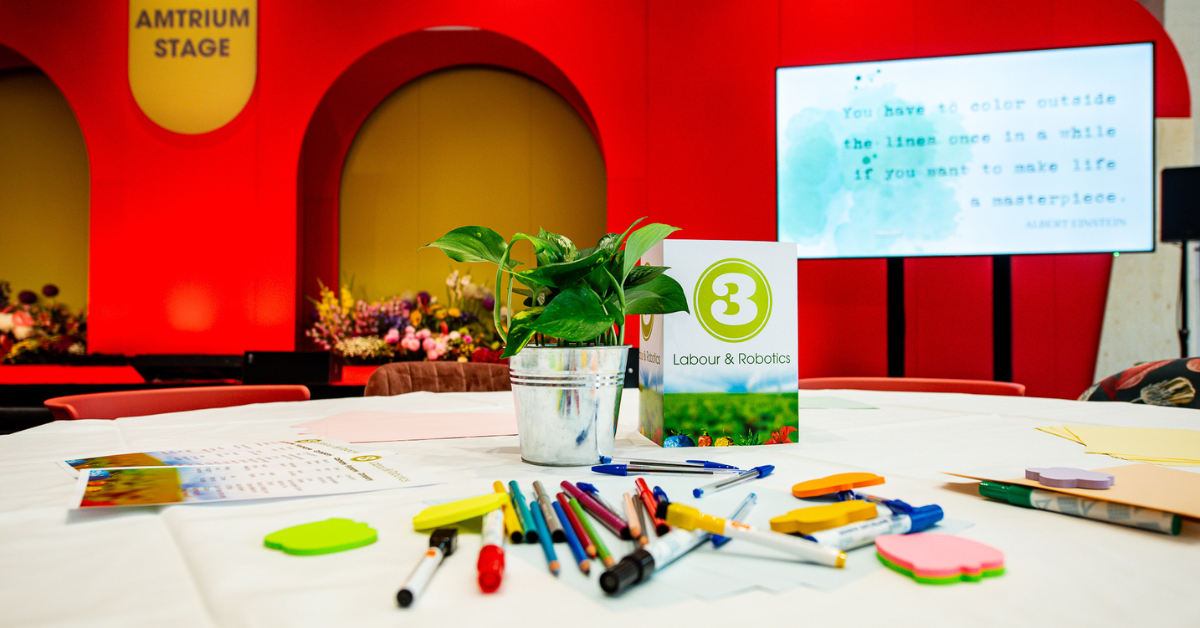Supplemental greenhouse radiation effects explained
During the production of seedlings in greenhouses, supplemental radiation (SR) has been the technique a used by most growers and is provided by high pressure sodium (HPS) lamps. They are particularly helpful when it comes to radiation limiting conditions and, luckily LED lights have become the industry favourite as they’re much more energy efficient than HPS lamps. LED lights last much longer and the radiation emitted from the light can be altered depending on which spectrum the plant needs to grow in the most efficient way; due to variations in photoreceptors. Additionally, LED lights can supply a higher SR with more efficient energy consumption.
In order to test the behaviour of seedlings against different light spectrums and energies, researchers grew vegetable seedlings of two specific transplants in greenhouses that were climate controlled at 20 degrees Celsius. In a 16-h photoperiod, the seedlings were exposed to six SR treatments, five under HPS (HPS90) lamps that applied a photosynthetic photon flux density (PPFD) of 90 μmol·m−2·s–1 or LED lights where four treatments composed of “blue (B; 400–500 nm), red (R; 600–700 nm), far red (FR; 700–800 nm), and/or white LEDs”. The last lamp emitted a 10 μmol·m−2·s–1 from HPS (HPS10) and was considered to be the controlled/base match.
The results showed that LED behaviours shown as percentages of B, green (G; 500–600 nm), and R radiation, were B10R90, B45R55, B10G5R85, and B12G20R68 + FR (FR at 12 μmol·m−2·s–1). It was seen directly on the seedling that the transplant, leaf area and seedling height were comparable between 90 μmol·m−2·s–1 , however this effect did not occur with snapdragon. In Snapdragon, they saw seeding’s grown under B12G20R68 + FR had an increased leaf area by 62% than those grown under B45R55. Moreover, the snap dragon boasted a 47%, 18%, 38% and 62% increase in height over those grown under HPS90, B10R90, B10G5R85, and B45R55.
After the transplant process and completing the full cycle of SR treatments, the snapdragon flowered on average a full seven days earlier under B12G20R68 + FR treatment compared to the other competing seedlings. Geranium grown under B45R55 and B12G20R68 + FR beat out snap dragon for the fastest sprouter as the flowered on average a full 7-9 days earlier than others under B10G5R85 and B10R90 radiation.
For both seedlings, growing under HPS10 caused them to accumulate less dry weight and they took much longer to flower compared to their siblings under different lighting.
How would you feel with the months hottest Horticulture Technology tips, trends and info at your fingertips? Sign up for our monthly newsletter to make sure you stay ahead of the game! #AskGreenTech
Source: http://www.floraldaily.com/article/12377/Spectral-effects-of-supplemental-greenhouse-radiation
Share your horticulture technology stories with us
Do you have an innovation, research results or an other interesting topic you would like to share with the international horticulture technology industry? The GreenTech website and social media channels are a great platform to showcase your stories!
Please contact our Brand Marketing Manager Murkje Koopmans.
Are you an GreenTech exhibitor?
Make sure you add your latest press releases to your Company Profile in the Exhibitor Portal for free exposure.
Have exclusive horticulture technology news delivered to your inbox
The GreenTech monthly newsletter brings you the latest exclusive horticulture technology news and updates about our global horticulture technology trade shows and events.
Join over 32,000 of your peers and receive:
☑ Exclusive commentary from industry leaders
☑ The latest news from the GreenTech team
☑ Stay up to date with all the latest news about our events






